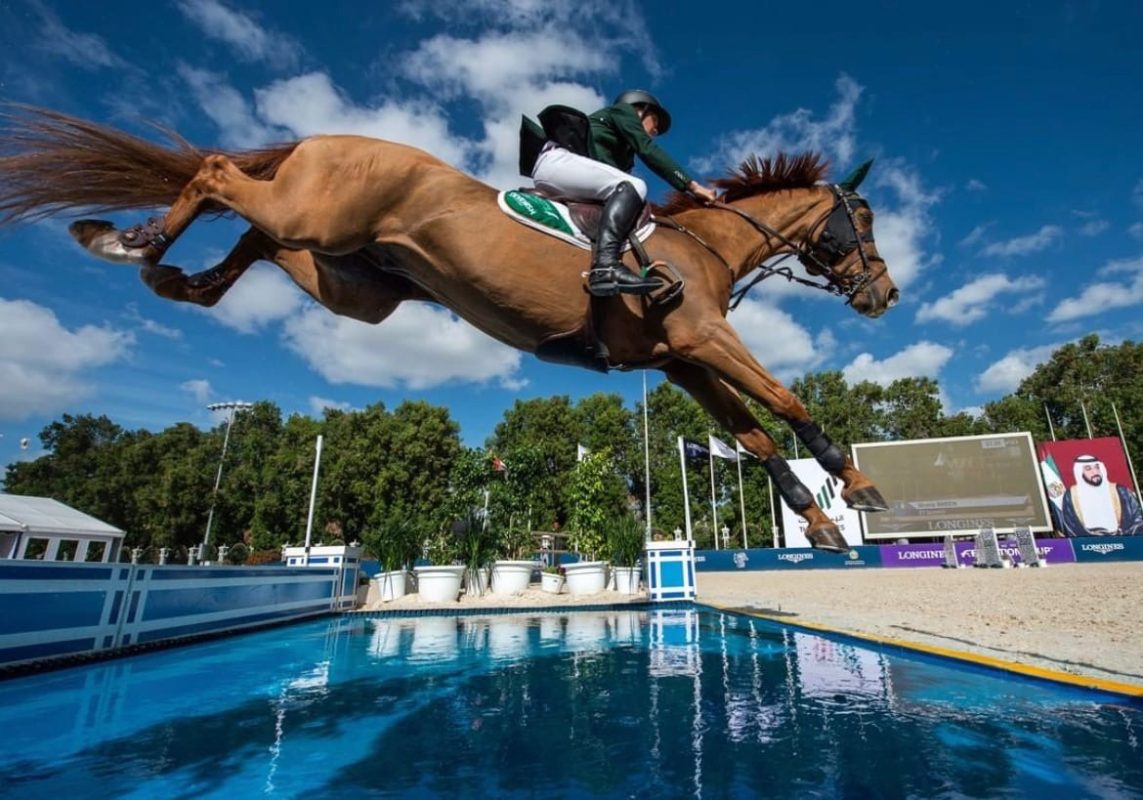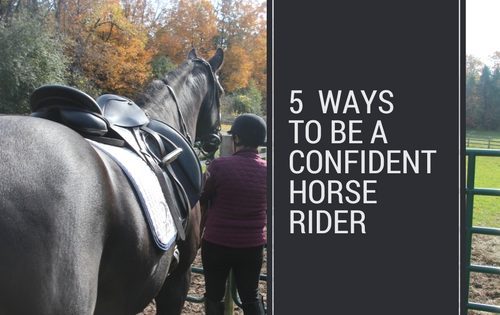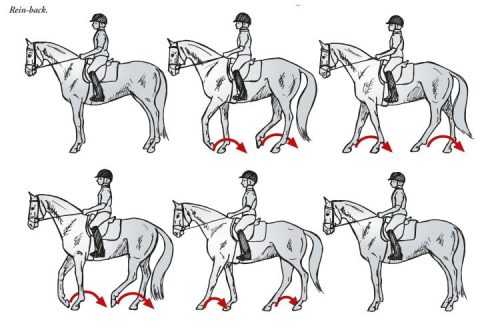
How to stop falling forward after a jump
Watching top-level athletes, one involuntarily asks the question: “How do they manage to maintain balance after a jump and not fall on the horse’s neck?”. Especially on routes with obstacle heights up to 160 cm.

Photo: FEI (Martin Simages)
Many of us equestrians do not jump such heights, but nevertheless regularly experience the problem of “stalling” after a jump. This makes it very difficult to navigate the route, because without good balance it is very difficult to adjust the speed and turn.
To solve this problem once and for all, you should pay attention to 4 points:
1. Hands
The first thing you need to pay attention to your hands. If you are tensing up a lot at the moment of pushing off and holding on to the horse’s mouth, on landing it will be very difficult for you to maintain balance and not fall forward, as the horse will stretch his neck.
2. Field landing
Another problem is that you are overloading your body unnecessarily while jumping. After observing the best athletes, sometimes you want to start imitating them, because they have such a beautiful landing on high-altitude jumps. It is often taken too literally by equestrians: athletes begin to throw themselves on the horse’s neck even at small barriers. In this case, on landing you will be “fallen” forward again, and it will be almost impossible to rise to a vertical position – this is a fight against gravity. Unless you are jumping high, this adjustment of body position is usually not necessary.
3. Calf
Your leg position is also important for upper body control. If your shin isn’t “locked in” well enough and slips back easily during the jump, you won’t be able to get yourself back upright on landing because you won’t be able to transfer your weight to your heels.
4. Upper body
A common problem is a downcast look. Equestrians with this habit tend to constantly lean their shoulders and entire upper body forward. When you enter the barrier, look up. You can “catch” your gaze on a tree, pole or any other tall object.
The keys will also help develop good balance on landing. A quick succession of jumps will force you to stay upright or you’ll just be knocked out of the saddle. Another good exercise is jumping for no reason. You can spread your arms to the sides or fold them behind your back. This will help you learn how to balance, not fall forward or lean on the horse’s neck when landing.
Source





